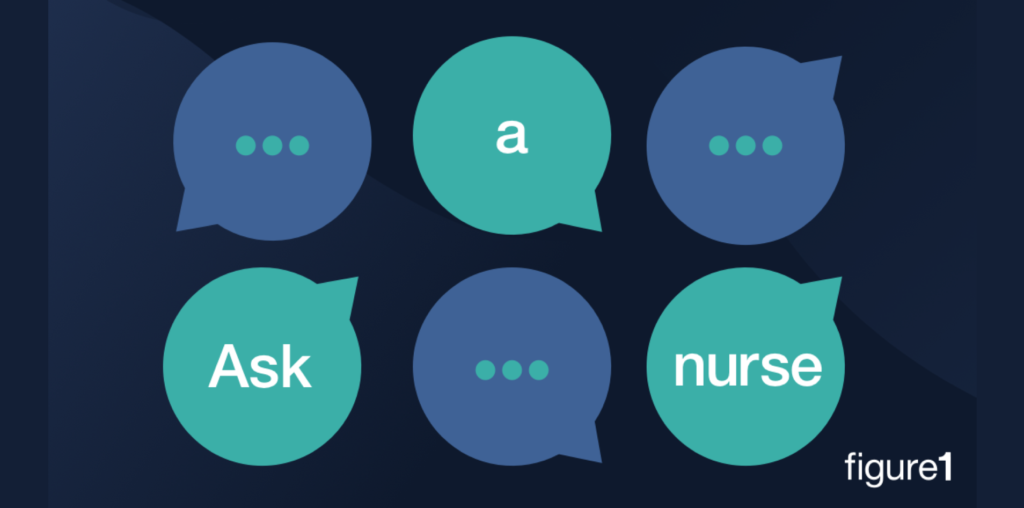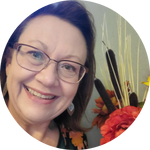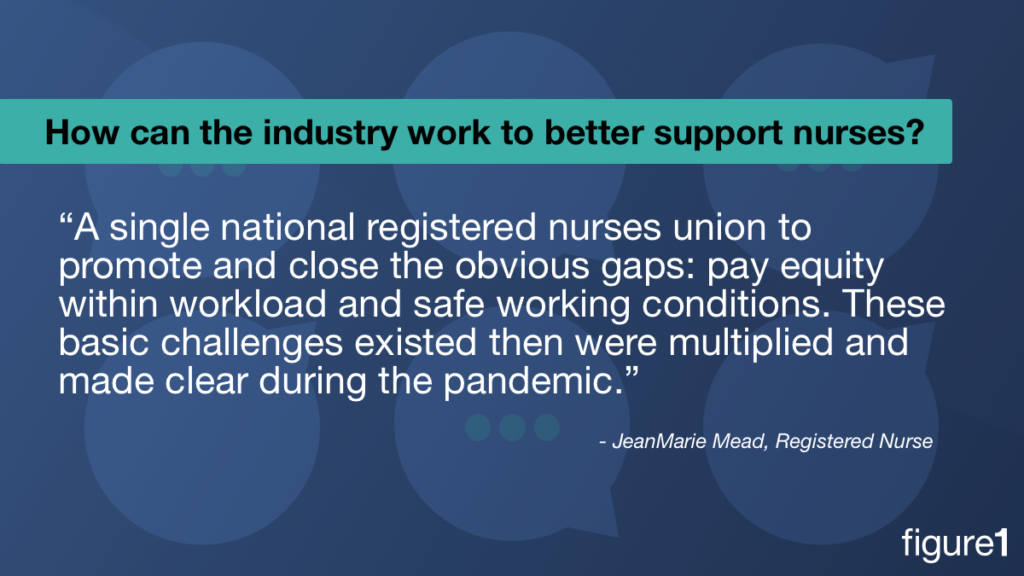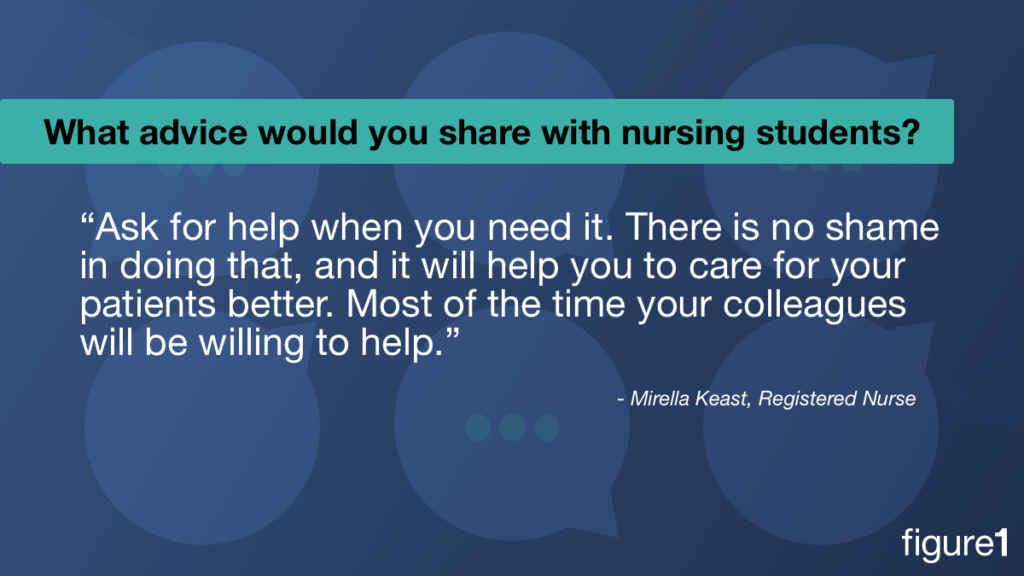
With so many changing trends and issues in nursing right now, we wanted to learn more about the real experiences of nurses today.
To do that, we reached out to our network of healthcare professionals to see what trends and issues in nursing they were curious about. We received the following questions and asked two of our Figure 1 community members and registered nurses for their thoughts.
How has COVID-19 changed how you feel about your career as a nurse?

JeanMarie Mead, RN: I am so grateful to be a nurse at a time such as this. I understand and can adapt better to our new post-pandemic world. However, it has also made my job so much harder, not permanently, fortunately. The culture wars around COVID-19 spread into the school public health realm with toxic speed. I had conflict and stress on a level with parents that I never saw before in all my nursing roles. If that factor had not existed, my day-to-day feelings about being a pediatric school nurse would have been more consistent with my past experiences. Even so, I still love my job.
Mirella Keast, RN: Honestly, it hasn’t. I can’t work full time for various reasons, so I was only doing three to four shifts a week. If I had been working full time in any setting, I probably would have had a different answer. I’ve heard that a lot of nurses and midwives are intending to leave the profession when the situation improves or sooner.
How can the industry work to better support and recognize nurses and their work?
Mead: In spring 2023, I will have been a pediatric RN for 40 years. During my entire career, we have been asked this question. My answer, then and now, is the need for a single national registered nurses union to promote and close the obvious gaps: pay equity within workload and safe working conditions. These basic challenges existed then and were multiplied and made clear during the pandemic. Healthcare workers of all disciplines suffered and died completely unnecessarily. That cannot happen again.
How do you manage your workload?
Mead: My workload during the height of the pandemic completely overtook my traditional responsibilities. I was unable to consistently evaluate most kids—there were triple the visits to my office some days—and I know my performance was not at my best. As a result of this, I was delayed in submitting mandatory state screening and demographic reports for throughout 2019-2021. Today, we are nearly back to a level of excellent care and are within the expected timelines for many tasks.
Keast: Shift planners are fantastic. Some wards will provide them for you, otherwise you can easily make your own on a blank piece of paper. Down one side, list your patients. The best way to do this is to use the room/bed number, so that if you leave it around where visitors can see it they don’t know who you’re referring to. Across the top, list the hours of your shift. If your shift starts at 7 am and finishes at 3 pm, you would have columns for 7, 8, 9, 10, etc. For each patient, write what they need done in the relevant column. This includes meds, dressings, BGLs, emptying catheter bags, and anything else that needs to be done. Don’t be rigid about it, though—if the dressing isn’t done at 11 am it’s not a big deal. Obviously, there are some things that do need to be done at certain times, like BGLs, insulin, and meds that need to be taken with meals. Ask for help if you need to and be willing to help others out when necessary.
Some jurisdictions are moving toward letting registered nurses prescribe certain medications and communicate diagnoses to patients. How do you feel about this?
Mead: As an RN, I understand why this is being considered but I am also not at all in favor of this without significant oversight, training and risk assessment, analysis and protection. In my arena of school public health, trust is hard to earn and so easy to lose.
Keast: Patients sometimes ask nurses for a diagnosis, and it can be frustrating to have to tell them that they need to ask the doctor. Nurses are often the ones who have to explain the diagnosis and treatment/management plan to patients once they have been given the diagnosis by a doctor. It would likely make it a bit easier for nurses if we could inform patients of their diagnosis. However, it is also likely to increase the workload. I think this is one of those situations where there are both positives and negatives, and it may be difficult to balance these without increasing the pressure on nurses.
What advice would you share with nursing students or those considering joining the field?
Mead: Go for it! I have been a staunch advocate of nursing as a lifelong profession. There are so many different roles within the nursing profession where many passions, personalities and skill sets are welcome. Not many industries outside of nursing and medicine can say that. There is a place to shine for anyone willing to commit to the intense education required of the nurse in the 21st century.
Keast: Don’t give up, even if you don’t have a job when you finish your degree. Keep trying, apply for anything and everything. In Australia, most areas of healthcare have what’s known as a graduate (grad) year, which is your first year after finishing your studies. Unfortunately, there are more people graduating each year than there are grad positions, so close to half of each year’s graduating classes miss out on a grad position. I was one of them, despite having great marks. If you can, get some help with interview skills. I was told by one prospective employer that I didn’t get the position because my interview skills were non-existent. When the pandemic hit, suddenly healthcare professionals who had retired or never worked were being asked to step up and take some of the pressure off. That was me. I worked for an agency as a COVID responder, and now they want to keep me on as a normal nurse. Ask for help when you need it. There is no shame in doing that, and it will help you to care for your patients better. Ask questions—why, what, how. Most of the time your colleagues will be willing to help.
Published May 17, 2022
Join the Conversation
Sign up for Figure 1 and be part of a global community of healthcare professionals gaining medical knowledge, securely sharing real patient cases, and improving outcomes.




